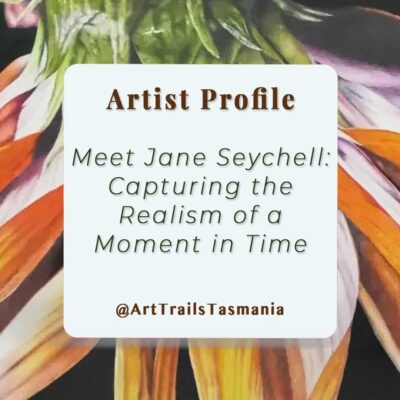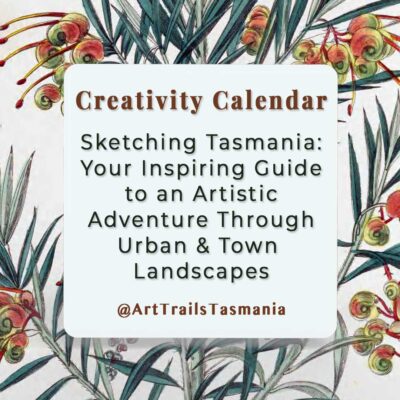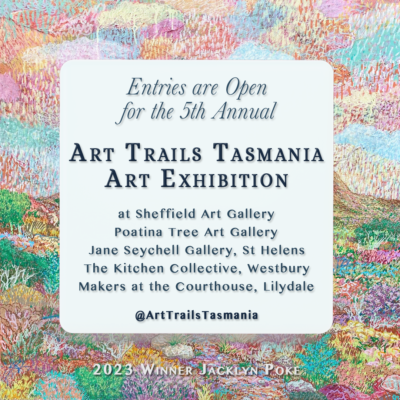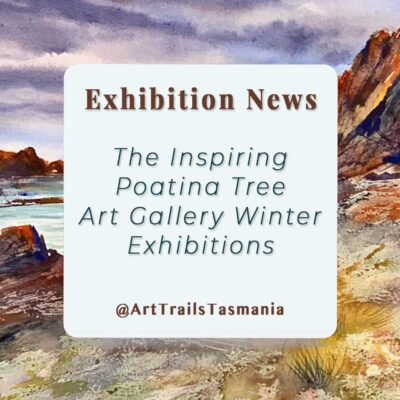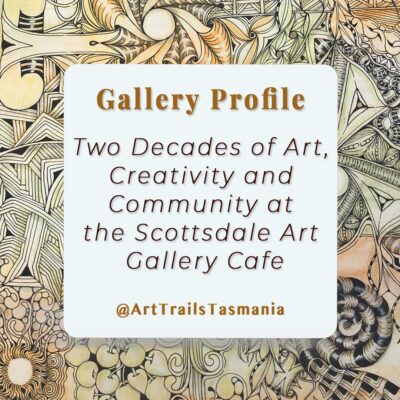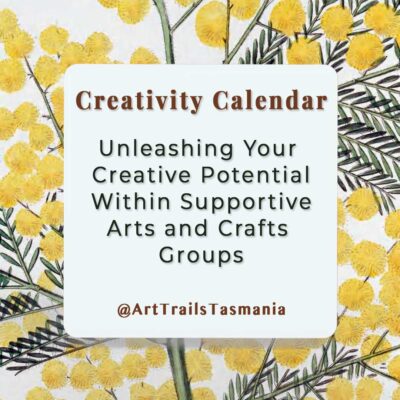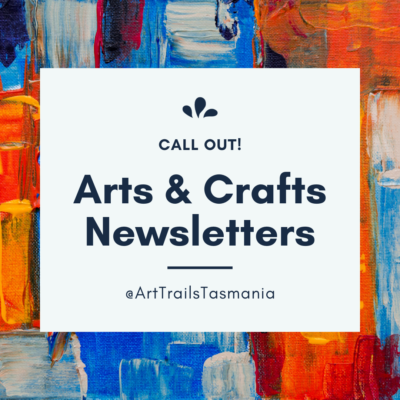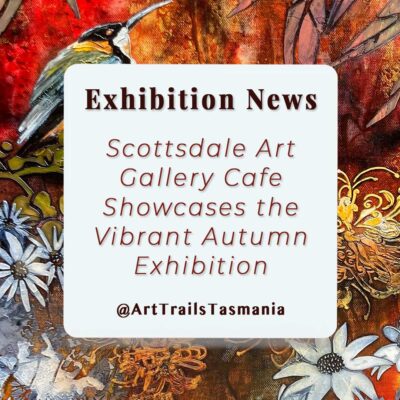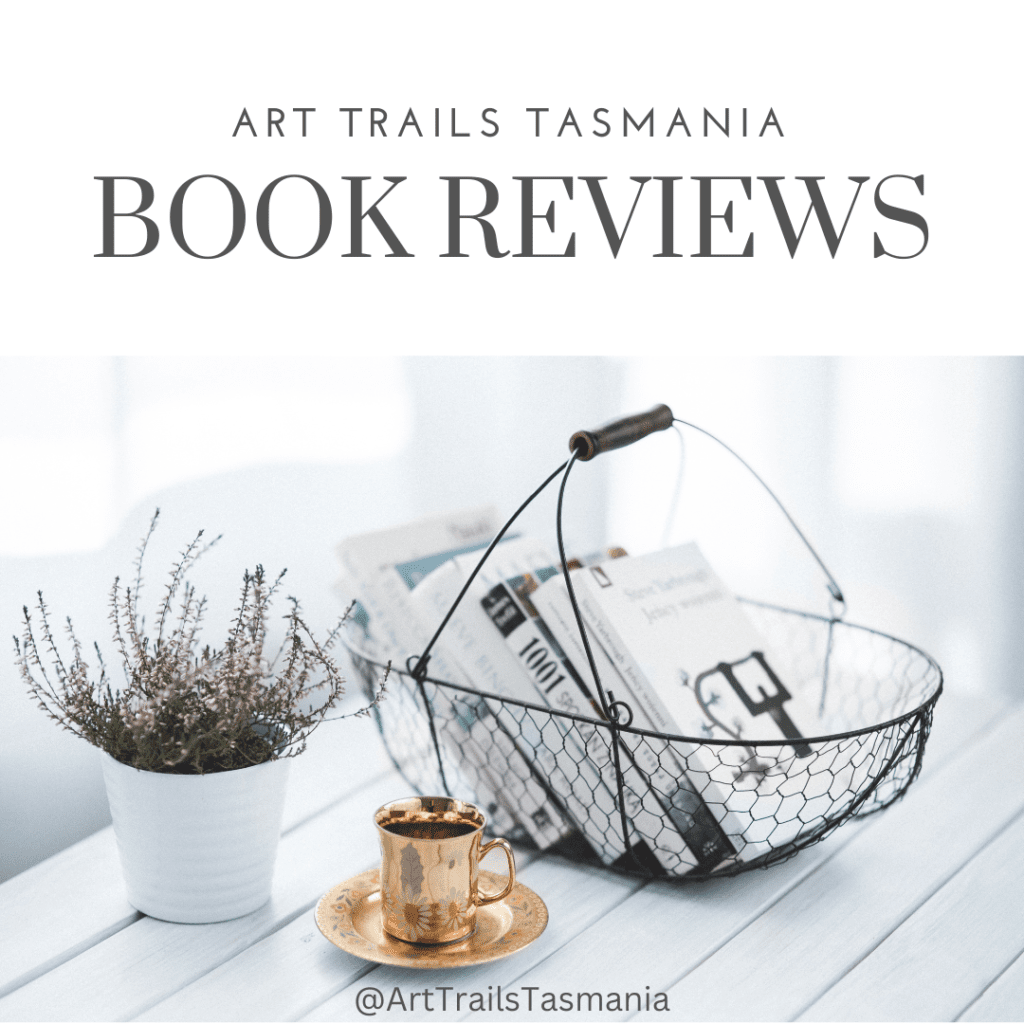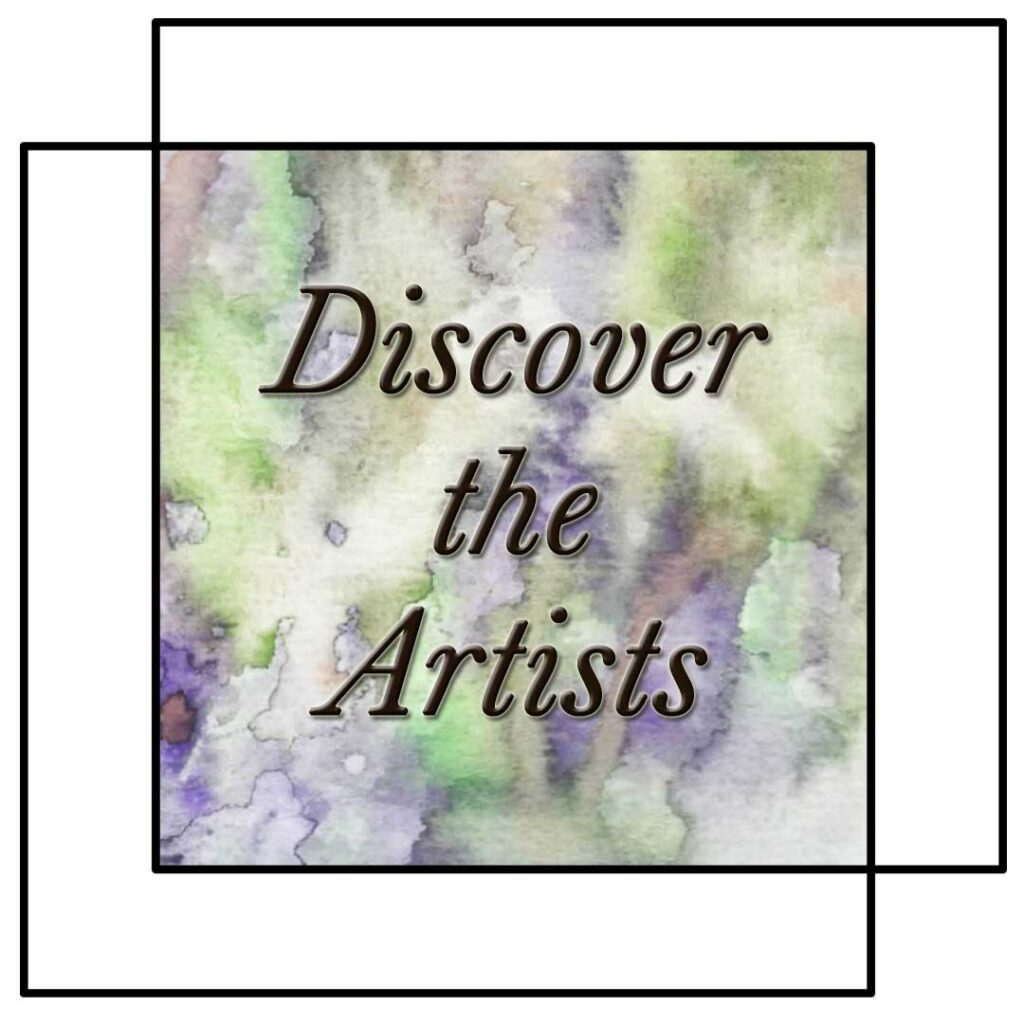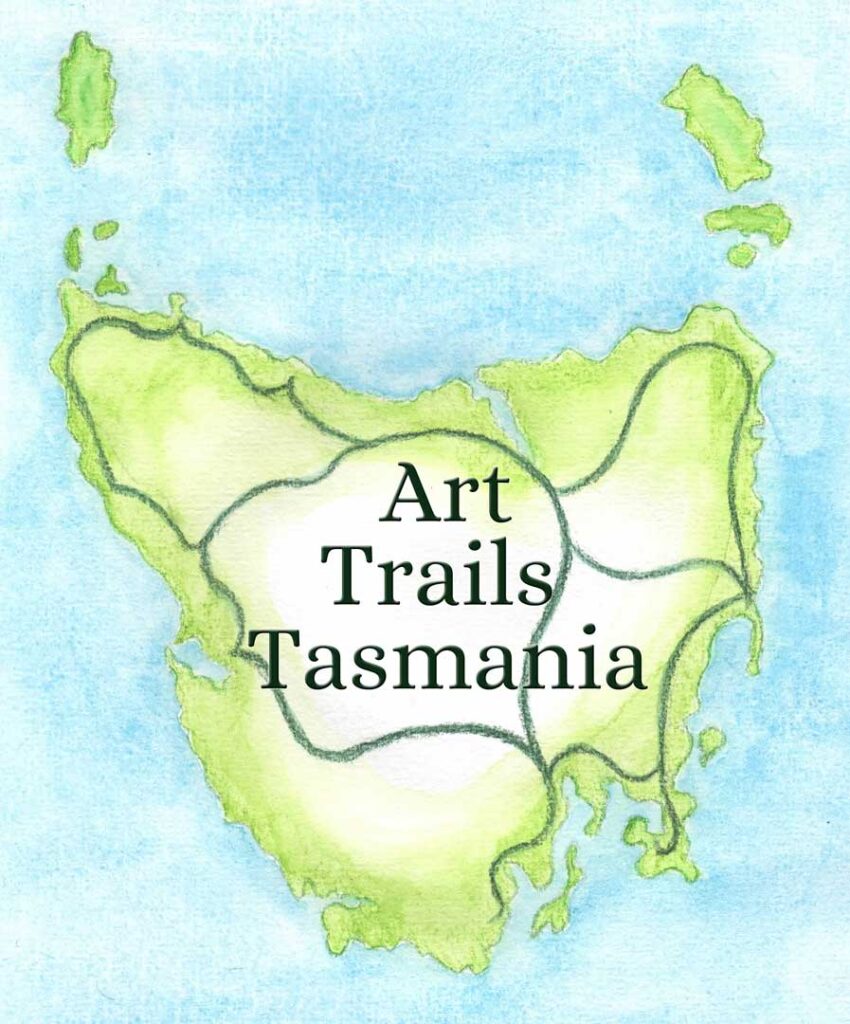Why Art Feedback and Critique for Artists Truly Matter
Art feedback and critique for artists are essential to every creative journey.
Whether you’re a painter in Hobart, a ceramicist on the North West Coast, or a fibre artist in the Huon Valley, thoughtful critique can be the difference between stagnation and growth.
Artists often work alone, and without regular, constructive feedback it’s easy to lose perspective or fall into familiar habits.
This story – Part 1 of our two-part series – explores why feedback and critique are vital for growth, showing how they reveal blind spots, refine intention, and build confidence.

In Part 2, we’ll move to the practical side, offering ten real-world tips on how to create or join safe, supportive circles that make critique a natural, energising part of your art life.
Read on to discover why understanding why is the foundation of doing how well.
The Quiet Challenge of Working Alone
For many creators, long hours in the studio are both a blessing and a burden.
Solitude provides focus but can narrow your viewpoint. Over time, even the most dedicated artist may become so close to their work that they stop truly seeing it.
That’s where art feedback and critique for artists plays a transformative role.
Thoughtful critique acts as a mirror, reflecting back not just your skills but also the subtleties you may overlook.
It bridges the gap between what you believe you’re expressing and what others actually perceive.
Critique Builds Clarity and Confidence
When handled with care, feedback doesn’t diminish creative confidence—it strengthens it.
Constructive art feedback and critique for artists helps you articulate intent, evaluate success, and make informed creative decisions.
It gives you language for what you’re trying to achieve, which in turn builds conviction when presenting or selling your work.
Learning to listen objectively also nurtures emotional resilience.
The more often you engage in critique, the easier it becomes to separate your identity from your artwork.
That emotional distance is not detachment—it’s professionalism.
Why Art Feedback and Critique for Artists Differs from Casual Opinion
Not every opinion qualifies as critique. A quick “I like it” or “It’s not my style” rarely helps an artist grow. Proper art feedback and critique for artists is rooted in observation, context and empathy.
A strong critique considers composition, materials, balance, emotion and meaning. It looks at how effectively the piece communicates the artist’s vision. Constructive feedback avoids prescriptions; instead, it asks thoughtful questions:
- What feeling were you aiming to create here?
- Does this colour choice support your story?
- How does the scale affect viewer engagement?
In this way, critique becomes collaboration – a dialogue that helps both giver and receiver think more deeply about art.
Community Connections: How Art Groups Strengthen Feedback Culture
One of the richest sources of art feedback and critique for artists is membership in a local art group or society.
Across Tasmania and throughout Australia, community art groups provide vital opportunities not only for exhibiting but also for sharing, reflecting and growing together.
Regular meet-ups or critique sessions within these groups create a safe, structured environment where members can present current projects and receive constructive insights.
The benefit extends well beyond technical advice: you gain friendship, accountability and encouragement.
Being part of a group or society offers:
- Exhibition opportunities that expand visibility and confidence.
- Workshops and skill-shares where you learn fresh techniques.
- Art retreats that deepen relationships and recharge creativity.
- Peer support that transforms isolation into belonging.
Within such environments, feedback is not something to fear—it’s an act of shared learning.
No Results Found
The page you requested could not be found. Try refining your search, or use the navigation above to locate the post.
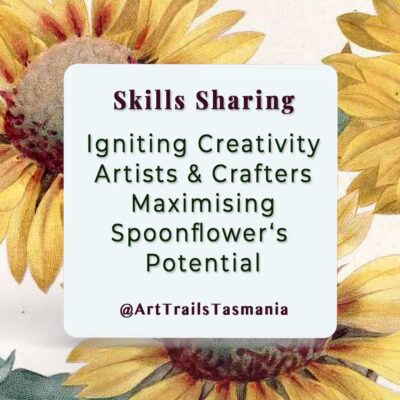
Igniting Creativity Artists and Crafters Maximising Spoonflower’s Potential
Ignite creativity with Spoonflower and Art Trails Tasmania! Discover how artists and crafters maximise Spoonflower’s potential.
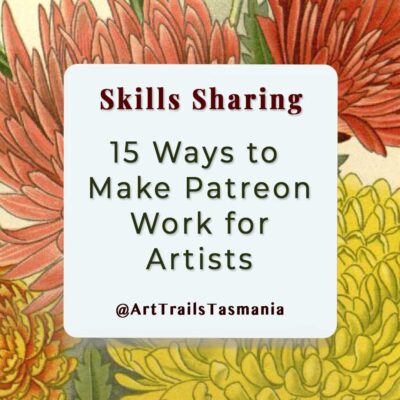
15 Ways to Make Patreon Work for Artists
Here are 15 practical tips for how to make Patreon work for artisans to create a sustainable online income by Art Trails Tasmania.
Seeing Differently: Sharpening Perception Through Critique
Repeated exposure to honest, respectful feedback improves how you see, both your own work and others’.
Artists who regularly participate in critique develop sharper visual awareness.
A painter might notice how negative space adds tension; a printmaker might discover how paper tone alters mood.
Engaging with art feedback and critique for artists encourages continuous questioning: Is my message clear? Does the material serve the idea? What could I refine next time? Over time, you internalise this dialogue, becoming your own best critic.
Turning vulnerability into creative strength
Inviting feedback means revealing something personal. It can feel risky to show unfinished or uncertain work.
Yet those vulnerable moments are where artistic leaps occur. Each critique session teaches you that openness invites insight.
In supportive environments—especially within art groups and societies—artists learn to reframe vulnerability as bravery.
It’s not about exposing weakness but demonstrating a commitment to growth. Over time, critique becomes less about approval and more about curiosity.
Cross-Pollination and Collaboration
Constructive art feedback and critique for artists often sparks collaboration.
A ceramicist may respond to a painter’s colour suggestion by experimenting with glaze layering; a textile artist might adapt a printmaker’s approach to pattern.
When artists from different disciplines exchange observations, they challenge each other’s assumptions and open doors to innovation.
This cross-pollination nurtures creativity in ways solitary work rarely can.
Maintaining Your Artistic Compass
While feedback is invaluable, balance is essential. Not every suggestion will suit your intention, and consensus should never replace conviction.
Healthy art feedback and critique for artists informs decision-making—it doesn’t dictate it.
Think of feedback as raw material. You can shape it, test it, or set it aside.
As you gain experience, you’ll sense which insights align with your vision and which to leave behind.
Far from diluting individuality, critique sharpens it by clarifying what truly matters to you.
The Lifelong Habit of Learning
Engaging in continuous critique builds a mindset of lifelong learning.
It encourages adaptability and humility, qualities that sustain artists through shifting trends and technologies.
Many established artists attribute their evolution to the feedback cultures they nurtured early in their careers—studio discussions, peer reviews, society meetings.
They understand that artistry isn’t a destination but an ongoing conversation between maker, material and audience.
Preparing for Part 2: Putting Feedback into Practice
Now that you’ve explored why feedback and critique matter so deeply, you’re ready to learn how to make them work for you.
In Part 2 – “How to Give and Receive Feedback and Critique Effectively”, we’ll share ten practical tips to help you:
- Form a peer critique group or join an art society,
- Create a safe, respectful feedback space, and
- Apply insights while staying true to your creative voice.
These steps will show how art feedback and critique for artists can become one of the most rewarding habits in your creative life.
Final Thoughts: Embracing Growth Through Connection
Art is communication, and communication thrives on exchange.
Every conversation about your work—whether in a gallery, a workshop, or a local society hall—is an opportunity to learn.
When you embrace feedback with openness and grace, you strengthen not only your art but also your confidence and sense of community.
Remember: critique is not about right or wrong; it’s about expanding perception.
So, before you clean your brushes or close your sketchbook, consider who you could invite into your creative dialogue.
And don’t miss Part 2, where we dive into the how: ten practical ways to give and receive feedback that fuels growth, friendship and lasting artistic fulfilment.

Discover Author Debra Clewer’s Harriet and Will: The Secret Rings
Join Debra Clewer at the Arty Duck for the book launch of “Will & Harriet” a time-slip adventure filled with history mystery fun activities & puppet magic!
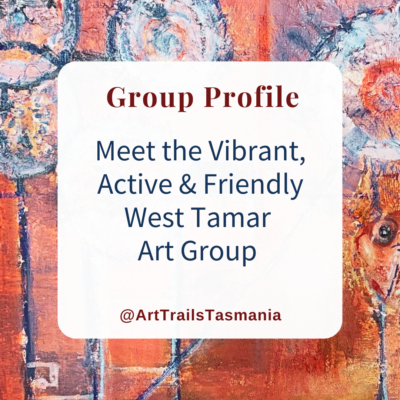
Meet the Vibrant, Active and Friendly West Tamar Art Group
Come meet the West Tamar Art Group, a vibrant community where artists & makers connect, create, & showcase their work in Tasmania’s stunning West Tamar region.
Read the Latest How To Blog Stories
No Results Found
The page you requested could not be found. Try refining your search, or use the navigation above to locate the post.
Read the Latest Blog Stories and Flourish…
Meet Jane Seychell: Capturing the Realism of a Moment in Time
A Love for Nature Shines Through Jane Seychell's Art My work captures the realism of a moment in time. I use colour pencils to blend hues and bring my art to life. My subjects range from childhood memories to the vibrant flora around me. A love for nature shines...
Sketching Tasmania Your Inspiring Guide to an Artistic Adventure Through Urban and Town Landscapes
20 Locations for Urban Sketchers to Explore Embark on a creative journey through Tasmania's urban treasures with this guide to 20 inspiring locations! Beyond its renowned wilderness that inspires nature journal sketching, discover a hidden world of architectural...
Arts and Crafts Groups Call Out
Call Out for Arts and Crafts Groups and Art Societies It's time to share your favourite arts and crafts groups and art societies, whether they are Tasmanian or from across the country on our Facebook and Instagram pages. Our arts and crafts groups are the perfect way...
Entries are Open for the 5th Annual Art Trails Tasmania Art Exhibition
Entries Are Now Open for the 2024 Art Trails Tasmania Art Exhibition It is with a lot of joy that I can announce that the 5th Annual Art Trails Tasmania Art Exhibition will be in venues from the mountains to the sea in five locations and is now open for entries! This...
The Inspiring Poatina Tree Art Gallery Winter Art Exhibition and Writers Festival
You're Invited to attend Evelyn Antonysen's Exhibition & the Winter Writers Festival at Poatina The Poatina is a hive of activity this winter with the Evelyn Antonysen "Synthesis" exhibition at the Poatina Tree Art Gallery and the Winter Writers Festival hosted by...
Two Decades of Art, Creativity and Community at the Scottsdale Art Gallery Cafe
It's Time to Celebrate the Game Changing Scottsdale Art Gallery Cafe It's almost 20 years since Rod and Shirley began their business in Scottsdale, today known as the Scottsdale Art Gallery Cafe. Since 2005, it has been an incredible journey for us as our business has...
Unleashing Your Creative Potential Within Supportive Arts and Crafts Groups
Being Part of a Creative Group and Thriving Being part of a local creative group cultivates an environment of collaboration, support, and inspiration, fostering artistic growth and innovation. Through networking and shared experiences, you can gain valuable feedback,...
Arts and Crafts Newsletter Call Out
Call Out for Arts and Crafts Newsletters It's time to share your favourite arts and crafts newsletters, whether they are Tasmanian or from across the world on our Facebook and Instagram pages. It's confession time, I love a good newsletter and am eager to discover...
Scottsdale Art Gallery Cafe Exhibition Showcases Vibrant Autumn
You're Invited to explore the "Autumn Works" exhibition at the popular Scottsdale Art Gallery Cafe Autumn Works is the latest exhibition showing at Scottsdale Art Gallery Cafe. The exhibition is exciting collection of 13 artists using an Autumn theme. The works are in...
Read What Our Members Say About Belonging
Join the growing, supportive artists community today and have your Artist story told here.
Belinda is doing a great job creating a professional looking artist hub online. Check out the profile I posted recently to see how well she does them. To all my artist friends let’s help make this THE go to place to discover local artists.
You won’t regret joining Art Trails Tasmania . It’s a welcoming community for creatives at any career stage.Becoming an Art Trails Tasmania member wasn’t a hard decision for me to make as it’s such a wealth of knowledge and support.Being member provides a quality way to showcase your creative endeavours and it’s quickly growing in reach.
We operate a home based picture framing business and recently joined Art Trails Tasmania as a means to giving us exposure to the wider artist community. We have almost immediately seen increase in activity thru our online sites, which I am certain will lead to more opportunities to grow our business.


